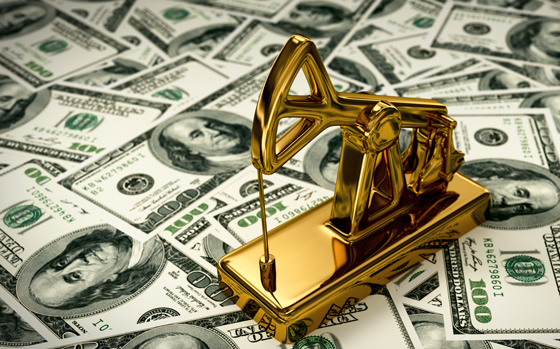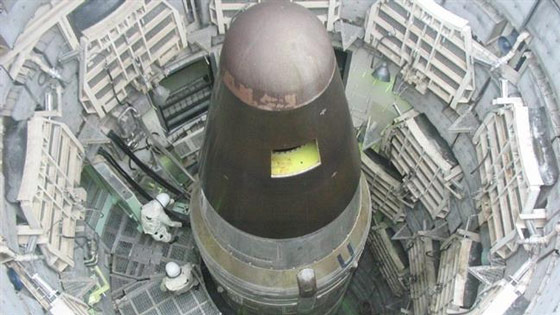Since March 2009, the stocks and commodities have soared – and investors have been thrilled.
While many attribute this rise in valuations to economic recovery, some believe that rising costs are a direct result of the monetary expansion by the Federal Reserve, resulting in price inflation on certain goods, namely those assets such as commodities, which are not considered debt-based (i.e. cars, houses).
The Labor Department reports that prices in the month of March rose across the board:
There was little sign of budding inflation in the report. Excluding volatile food and energy costs, wholesale prices rose by 0.1 percent, matching analysts’ expectations.
…
Food prices jumped by 2.4 percent in March, the most since January 1984. Vegetable prices soared by more than 49 percent, the most in 15 years. A cold snap wiped out much of Florida’s tomato and other vegetable crops at the beginning of this year.
Gasoline prices rose 2.1 percent, the department said, the fifth rise in six months.
In the past year, wholesale prices are up 6 percent, with much of that increase driven by higher oil and other commodity prices. But the core index, which excludes food and energy, rose only 0.9 percent.
…
“Today’s report … does not bring any renewed concerns about inflation in the immediate future,” Dan Greenhaus, chief economic strategist at Miller Tabak, wrote in a report to clients.
Low levels of inflation also allow the Federal Reserve to hold down interest rates. The Fed has kept the short-term interest rate it controls at a record low of near zero in an effort to boost the economy.
The core index is up only 0.9% over the last twelve months, but this does not take into account the most important consumption goods in America, gas and food. While core index numbers may be touted as a victory against inflation, it is clear that Americans are spending more precisely where it hurts the most.
If this trend were to continue, and the cost of food were to rise an average of 2.4% per month for the next twelve months, here is how it might look a year from now at the grocery store when purchasing exactly the same items on your shopping list:
Month 1Â Â Â Â Â Â Â Â Â $100.00
Month 2Â Â Â Â Â Â Â Â Â $102.40
Month 3Â Â Â Â Â Â Â Â Â $104.85
Month 6 Â Â Â Â Â Â Â Â $112.56
Month 9 Â Â Â Â Â Â Â Â $118.09
Month 12 Â Â Â Â Â Â $126.79
Thus, one year from now you’ll be paying $126.79 for the same groceries that cost you $100 today, a 26% increase in food prices over the course of a single year – and that’s with inflation “under control.”
Is what we are seeing play out in the market place the biflation we’ve discussed previously?
The term was first introduced by Dr. F. Osborne Brown, a Senior Financial Analyst for the Phoenix Investment Group.[2] During Biflation, there’s a rise in the price of commodity/earnings-based assets (inflation) and a simultaneous fall in the price of debt-based assets (deflation).
It is still difficult to predict exactly which way we will go from here – deflation or inflation. As the referenced article pointed out that food and energy costs are volatile, and they will follow the broader commodities markets. If, for example, a global stock market correction or crash were to take hold, then chances are that energy prices would drop as they did in 2008, unless that global crash is triggered by military action in or around oil producing nations.
Food would also follow the commodity pendulum, and as we saw in 2008, agricultural investments around the world completely collapsed.
If commodities remain tied inversely to the US dollar on the broader trend line, then we may continue to experience price increases as stock prices rise, and as such, if stocks drop significantly, so too should food costs.
There is, of course, the other possibility that global investors will lose confidence in the dollar, and commodities like food, energy, base metals and precious metals will decouple from stock markets and take a completely different trajectory.
The timing of such a decoupling event is difficult to predict, but our view has been that a decoupling in commodities will be apparent in the near future, especially if the US Dollar begins to disintegrate and lose purchasing power.
While the volatility in food and energy costs may swing prices back and forth on a short-term trend, the longer term trend, we believe, is likely to be one of continued price hikes resulting from an eventual dollar devaluation or US debt crisis.










0 Comments